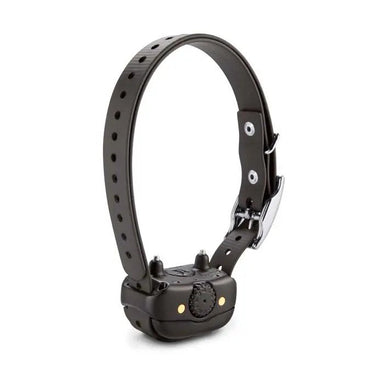
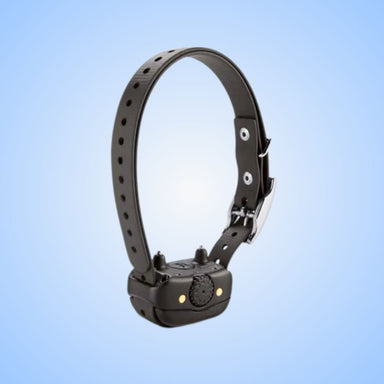 Sold out
Sold out
Garmin BarkLimiter Deluxe Rechargeable Dog Bark Control Collar
Garmin BarkLimiter Deluxe: The Perfect Solution to Excessive Dog Barking! Bark Differentiation Technology The Garmin BarkLimiter Deluxe Rechargea...
View full detailsSometimes known as remote collars or e-collars, are specially designed collars used to assist in the training and behavior modification of dogs. These collars allow dog owners and trainers to communicate with dogs from a distance, helping to reinforce commands and discourage unwanted behaviors. Here is a detailed description of dog training collars and their potential benefits:
Stimulation Levels: These collars offer various levels of stimulation, including sound (beep), vibration, and static stimulation (sometimes referred to as a "shock"), which can be adjusted depending on the dog's sensitivity and the training requirements.
Remote Control: Accompanied by a remote control, trainers can send signals to the collar from a distance, allowing for training in large open spaces or off-leash areas.
Range: Different models have varying ranges, with some offering a long-distance reach, allowing for effective communication with the dog even if it is several hundred yards away.
Waterproof: Many training collars are waterproof, making them suitable for use in various environments, including around water bodies.
Effective Communication: Training collars allow for clear, immediate communication with a dog, which can be particularly useful in correcting unwanted behaviors or reinforcing positive behaviors promptly.
Safety: In situations where a dog may be in danger, the instant response facilitated by a training collar can prevent accidents and ensure the dog's safety.
Versatility: These collars can be used for a wide range of training purposes, from basic obedience training to more advanced training for hunting or working dogs.
Skill Enhancement: For dogs involved in sports or work-related tasks, training collars can be an effective tool for enhancing skills and precision in performance.
Facilitates Off-Leash Training: Training collars can be an essential tool in off-leash training, helping to maintain control and ensure the dog's safety even when not confined by a physical leash.
It's important to note that dog training collars should be used responsibly and ethically. Training should always be conducted in a manner that is positive and respectful to the dog, with the goal of fostering a happy and healthy relationship between the dog and its owner. It is often recommended to consult with a professional trainer to learn how to use these collars effectively and humanely.
Read FAQs

 Sold out
Sold out
Garmin BarkLimiter Deluxe: The Perfect Solution to Excessive Dog Barking! Bark Differentiation Technology The Garmin BarkLimiter Deluxe Rechargea...
View full details
 Sold out
Sold out
Replacement Handheld with Long-lasting Battery Life for Extended Training Sessions Intuitive Design for Easy Training The Garmin Replacement Handhe...
View full details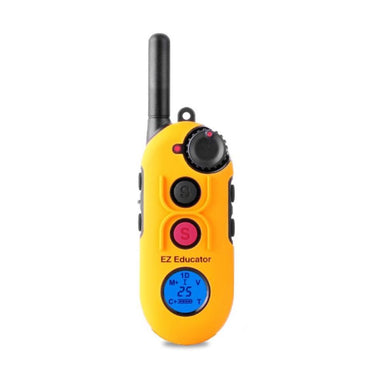
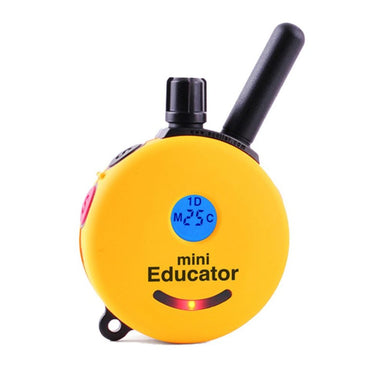 Sale
Sale
Easily Replace Your Old Transmitter: Replacement Options for ET-300, EZ-900, and ET-800 Educator E-Collars Did your E-Collar Technologies dog train...
View full details Sale
Sale
Swiftly Locate Your Dog with the BTB-800 Beeper Collar Unleash the Power of Location Tracking Stay one step ahead with the D.T. Systems Baritone D...
View full details Sale
Sale
Stay Alert and Informed with the D.T. Systems Baritone Dog Beeper Collar Unleash the Power of Location Tracking Never lose sight of your beloved ca...
View full details Sale
Sale
Achieve Peace and Quiet with the Bark BOSS Collar Compact and Effective Bark Control for Small Dogs Are you tired of your small dog's excessive bar...
View full details Sale
Sale
Restore Harmony and Enjoy a Peaceful Home with D.T. Systems Big Dog Bark Collar Stop Excessive Barking with Ease Are you tired of constant barking...
View full details Sale
Sale
Expand Your Control with the Additional Collars for Border Patrol TC1 Unlock the Full Potential of Your Border Patrol TC1 Are you looking to enhan...
View full details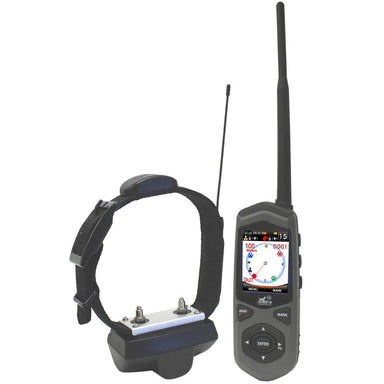 Sale
Sale
Unleash the Power of Border Patrol TC1 GPS Dog Containment Portable and Versatile Containment System Introducing the D.E. Systems Border Patrol TC1...
View full details
 Sale
Sale
Unlock Your Dog's Potential with the H2O PLUS System Add-On Collar Expand Your Training Possibilities Looking to take your dog training to the next...
View full details Sale
Sale
Experience Superior Training with the D.T. Systems H2O Remote Trainer Superior Training Capabilities Are you ready to take your dog's training to t...
View full details
 Sale
Sale
Waterproof Excellence for Any Environment with D.T Systems Dog Remote Trainer Advanced Features for Optimal Results Experience the next level of do...
View full details
 Sale
Sale
Experience Superior Dog Training with H2O Beeper Enhanced Tracking and Locating Are you tired of losing sight of your dog during outdoor adventures...
View full details
 Sale
Sale
Expand Your Training Capabilities with the D.T. Systems Master Retriever Collar Elevate Your Training Experience Looking to enhance your dog traini...
View full details
 Sale
Sale
Cutting-Edge Technology for Effortless Training with DT Master Retriever 1100 Unleash the Power of Training When it comes to training your beloved ...
View full details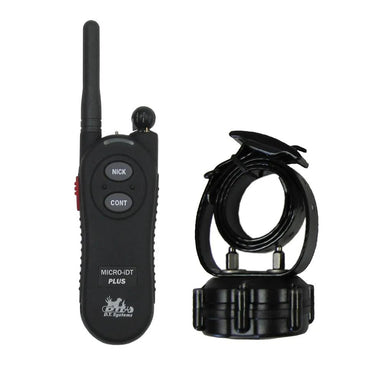 Sale
Sale
Train Your Dog with Precision using Micro-iDT Training Collar Unleash the Power of Effective Training Are you tired of struggling to train your be...
View full details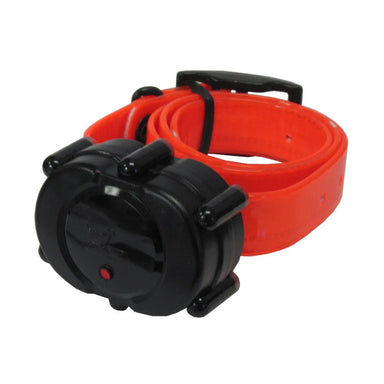
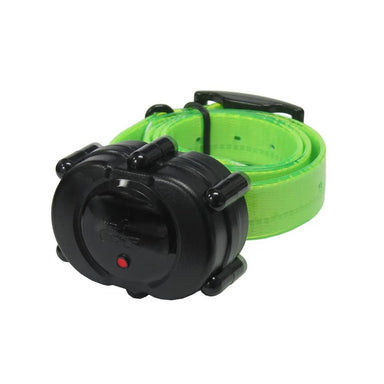 Sale
Sale
Seamless Replacement and Compatibility with D.T Systems Micro-iDT Remote Dog Trainer Expand Your Training Capabilities Looking to take your dog's t...
View full details
 Sale
Sale
Powerful Training at Your Fingertips with D.T. Systems Dog Collar Unleash the Power of Long-Distance Training Are you tired of your furry friend di...
View full details Sold out
Sold out
Innovative Features for Advanced Dog Training with D.T. Systems R.A.P.T. 1450 Upland Intuitive and Ergonomic Design Introducing the D.T. Systems R....
View full details
 Sale
Sale
Revolutionize Your Training with Curved Transmitter Design Achieve Swift Corrections with the Revolutionary R.A.P.T. System Take command of your do...
View full details
 Sale
Sale
Enhance Training Potential with D.T. Systems Rapid Access Pro Collar Elevate Your Dog Training Experience Are you looking to take your dog trainin...
View full details Sale
Sale
Empowering Your Dog's Training Journey with SPT 2430 and 2432 Dog Remote Trainer Models Unleash the Power of Jump Stimulation Discover the groundbr...
View full details Sale
Sale
Uncompromising Quality and Versatility with SPT 2432 Remote Trainer Enhanced Training Control with Jump and Rise Stimulation The D.T. Systems Super...
View full details Sale
Sale
Unmatched Durability and Performance with SPT 2400 Series Remote Dog Trainer Unleash the Power of Advanced Training Features Experience the next l...
View full details
